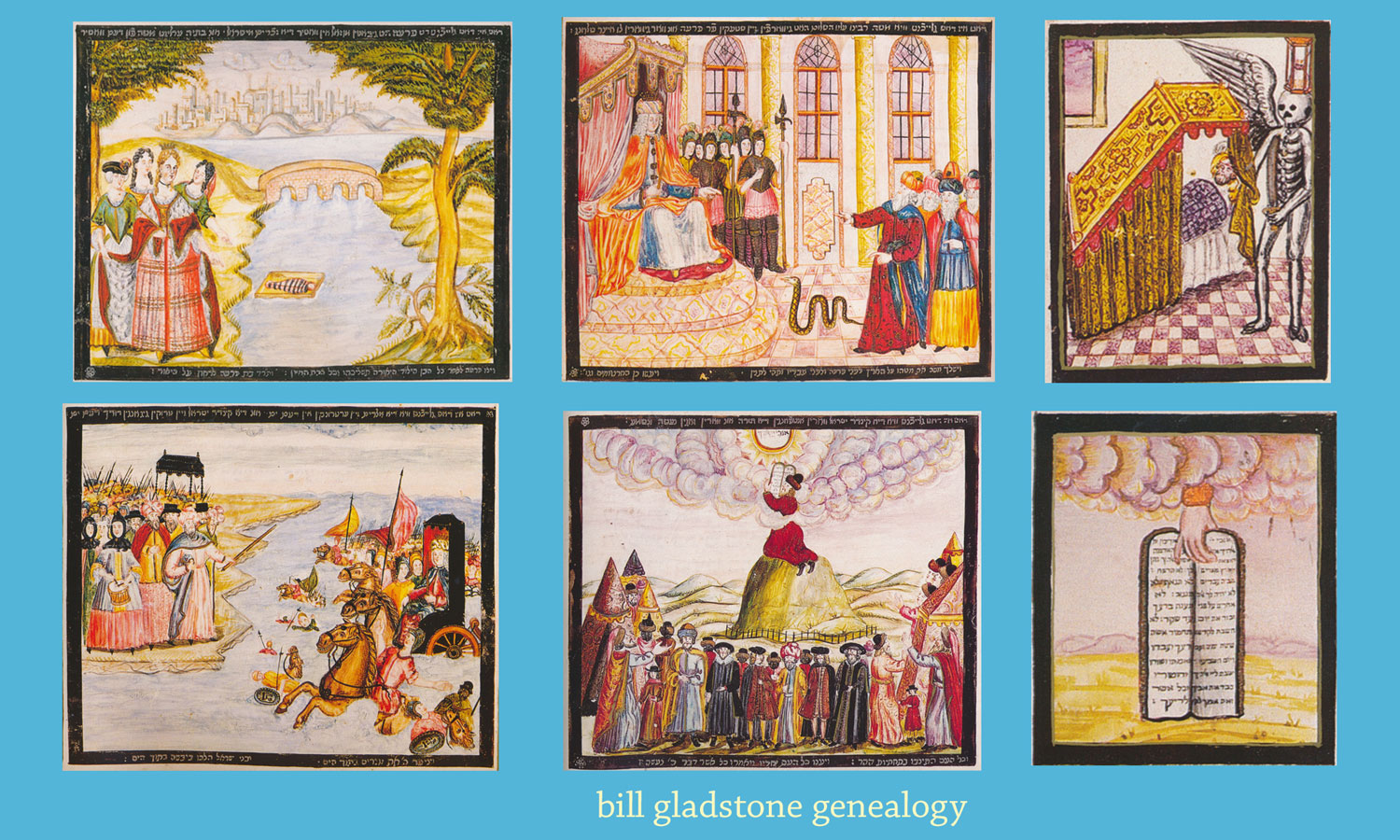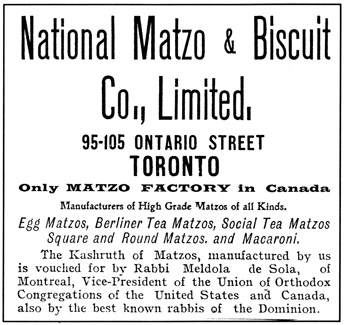Ted Schmidt, a Catholic educator who edits the independent Catholic Times newspaper, has written and published a book in which he recounts his experiences “growing up Jewish” on Palmerston Blvd. in the Bloor-Bathurst neighbourhood of downtown Toronto.
With Shabbes Goy: a Catholic Boyhood on a Jewish Street in a Protestant City (2001) Schmidt has laid down an engaging anecdotal account of his many friendships with his Jewish neighbours. Its full title — Shabbes Goy: A Catholic Boyhood on a Jewish Street in Protestant Toronto — gives perhaps the most thorough summary of its often amusing and insightful contents.
(A “Shabbes goy” is a vernacular term for a Gentile who performs tasks for Jewish neighbours, such as lighting a fire, that they are forbidden to do for themselves on the Sabbath.)
Born in Toronto in 1939, Schmidt played on the Harbord and the YMHA baseball teams as a boy, and recalled one episode dodging “stones, bottles and ugly ethnic curses” as he and his Jewish teammates ran, victorious, from the sore losers on the other team (not Jewish).
“What’s a kike, Manny?” he asked his friend as they raced down Winona Avenue.
“A Jew,” Manny replied. “Keep running.”
Growing up in close proximity to the Coopers, Weisbarts, Analevitzes, Fruitmans and other Jewish families in the neighbourhood, Schmidt acquired an early sensitivity about the tragic fate of the Jews in Hitler’s Europe.
“What had Manny G–‘s nine aunts and uncles done to merit incineration at Trebinka?” he pondered at the age of 10. “What had their innocent children done? Why had Nathan G–, Manny’s dad, been stripped of his whole family?”
Later, as a public school teacher in the 1960s, he made a special point of teaching the Holocaust at a time when “barely concealed antisemitism … still festered.”
“I never got tired of it. I believed with the Baal Shem Tov that ‘Forgetfulness prolongs the exile; remembrance is the secret of redemption.’ Catholics, I vowed, must deal with this issue, must confront ‘the teaching of contempt’ that had undoubtedly poisoned Christianity for 2,000 years.”
Schmidt describes a remarkable encounter with a persistent Holocaust denier in his classroom who turned out to be the son of Ernst Zundel. Schmidt pitied him as “just a young man sadly in the grip of an obsessed father.”
Eventually Zundel Sr. contacted Schmidt and “launched into a tirade about me falling under the sway of ‘the Zionists’ and their lies. I could barely be civil to him. All I could see were the faces of friends who lost families in the Shoah.”
After being refused permission to bring his lies in the classroom, Zundel accused the teacher of being “anti-German” and had to be reminded of Schmidt’s German surname.
Schmidt warmly recounts many details and episodes of the hallowed streets of his boyhood in the Bathurst and Bloor neighbourhood. He also devotes considerable attention to his Catholic upbringing and education, and the historic relations of the city’s Catholics with Protestants and other groups.
Torontonians who grew up in the downtown area in the 1940s, 1950s and 1960s will find much of interest in Shabbes Goy. It makes perfect sense that the launch party was held recently at David Mirvish Books on Art on Palmerston Blvd. There could have been no better street for it. ♦
© 2001






